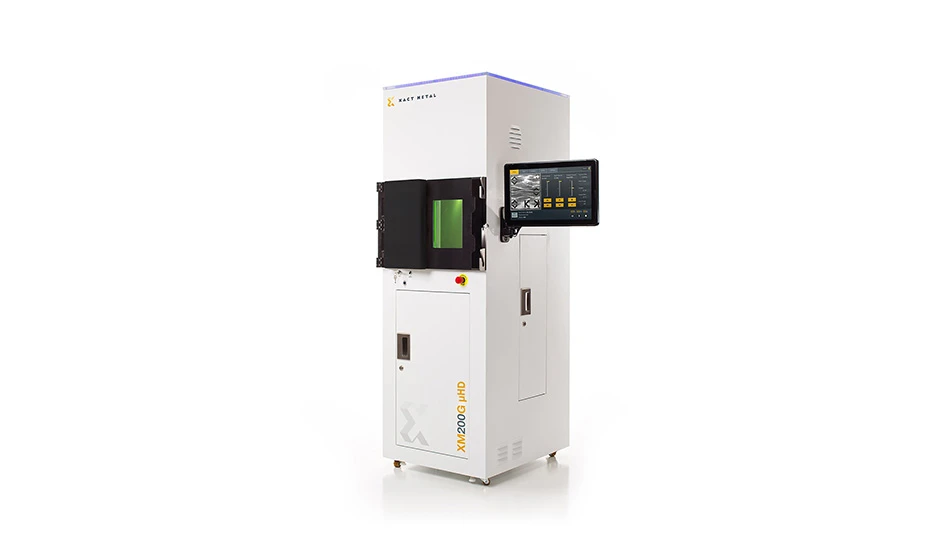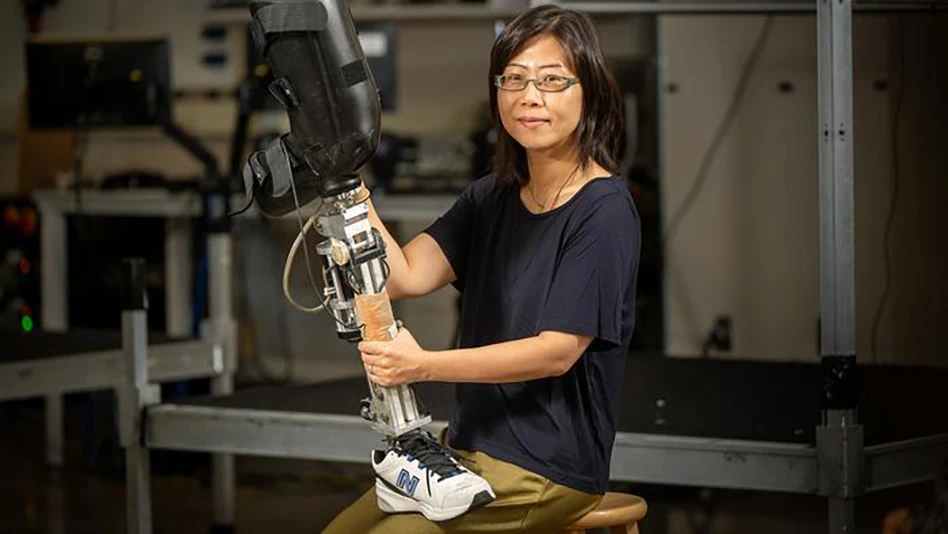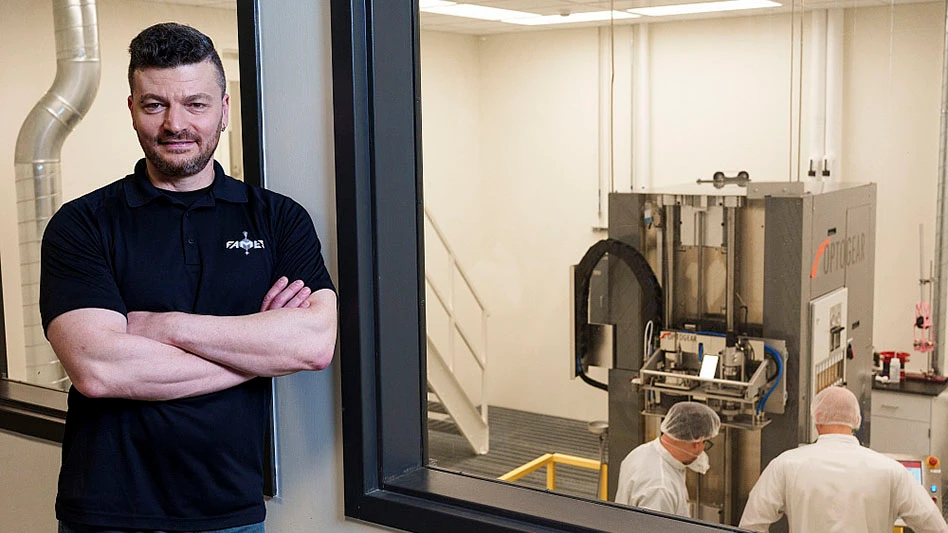 The treatment of solid tumor skin cancers continues to challenge the medical community, particularly those that have progressed to an advanced metastatic stage of disease. Despite innovations in genomics and proteomics research and drug discovery, development of efficient drug delivery mechanisms that are safe and effective, while achieving the desired treatment benefit, remains a significant unmet medical need. One approach to meeting this challenge involves the use of a process called electroporation. Derived from the words electric and pore, the procedure involves applying a brief electrical pulse to the cancerous cell. The electrical pulse triggers the creation of temporary pores in the cell’s surface – pores that close again once there is discontinuation of the electric field. These transient pores improve the uptake of various drugs more than several thousand-fold. With this technique, it becomes possible to treat cancers locally by targeting the tumor directly without affecting the surrounding healthy tissue.
The treatment of solid tumor skin cancers continues to challenge the medical community, particularly those that have progressed to an advanced metastatic stage of disease. Despite innovations in genomics and proteomics research and drug discovery, development of efficient drug delivery mechanisms that are safe and effective, while achieving the desired treatment benefit, remains a significant unmet medical need. One approach to meeting this challenge involves the use of a process called electroporation. Derived from the words electric and pore, the procedure involves applying a brief electrical pulse to the cancerous cell. The electrical pulse triggers the creation of temporary pores in the cell’s surface – pores that close again once there is discontinuation of the electric field. These transient pores improve the uptake of various drugs more than several thousand-fold. With this technique, it becomes possible to treat cancers locally by targeting the tumor directly without affecting the surrounding healthy tissue.
Developed by OncoSec Medical, for use in two distinct varieties of anticancer therapies – Electrochemotherapy and Electroimmunotherapy – the OncoSec Medical System (OMS) is a technology platform harnessing the power and precision of electroporation. In the former, an anti-cancer drug is injected into the targeted lesion; the tumor is then electroporated and the drug carries out its cytotoxic mechanism of action. As a result, of this targeted approach, the amount of drug needed to induce cell death is substantially lower than the dose required in traditional chemotherapy. The reduced quantity of a locally delivered drug (traditionally, chemotherapeutic agents are delivered systemically) diminishes or eliminates the harmful side effects commonly associated with traditional chemotherapy. In addition to the ElectroChemotherapy approach, the OncoSec ElectroImmunotherapy approach involves the use of a gene coded for a specific protein that regulates the human immune system to recognize cancer cells. While this treatment generates an immune response against the locally treated tumor, it also generates a systemic response against distant, untreated tumors. In this article, we focus on the technology of the electroporation device.
|
Applicator Characteristics
|
Electroporation Platform
The OMS is a proprietary, reversible electroporation device that has been successfully tested by a third party for electrical safety and EMC standards. As well, a Device Master File (DMF) was submitted to the Food and Drug Administration (FDA) on October 20, 2011 (MAF-1875). The OMS platform consists of four components: the electroporation generator, a reusable handle, a sterile/disposable applicator tip, and companion printer. The OMS electroporation generator incorporates features that ensure the therapy has been properly administered to the patient’s lesion. These features include internal instrument checks of the system parameters before a therapy Ready indication is displayed. In addition, internal instrument tests routinely occur at Power On and during the actual therapy procedure. Following a completed treatment sequence, both audio and visual indicators are provided to the physician user. The audio indication is a series of three short beeps in rapid succession. Visual indications are displayed on the front surface of the OMS generator.
The actual electroporation is applied to the treatment area by means of the OMS applicator handle with attached application-specific OMS applicator tips, which are sterile and disposed of after a single use. The OMS generator automatically sequences the various stainless-steel needle electrodes so that the appropriate engineered electric field is applied during the therapy procedure.
Based on the size and anatomical location of the tumor to be treated, a physician selects the most appropriate electrode applicator. OncoSec has developed a series of ergonomically designed single-use applicators and applicator tips that deliver electrical pulses to opposing electrode pairs of needles to maximize the electrical field strength within the treated tissue.
The OMS applicator handle consists of a cable with a proximal connector that securely attaches to the OMS electroporation generator. The OMS applicators and tips are available in a variety of sizes to suit the appropriate therapeutic application. Several different electrode applicator configurations are available. The OMS system is designed such that the installed base of the generator system allows for a wide variety of new electrode applicator configurations. Typically, the tips are characterized by a 1.0cm diameter six-needle array, 26-gauge needle size, with up to 1.5cm needle length. The applicators are preset at the factory for the delivery of a set number of pulses per patient to prevent their continuous reuse. The generator is capable of supporting several hundred thousand procedures and is completely pre-programmed for ease of use by the treating physician. The treating physician attaches the applicator handle to the sterile/disposable applicator tip. Connection of the OMS applicator handle to the generator automatically configures the treatment session. The OMS applicator sends information for that particular applicator’s size and shape to the pulse generator, which automatically selects the appropriate treatment parameters. Therefore, the user is not required to set any of the parameters for electroporation. The actual delivery of a therapy sequence is controlled by the foot switch activation. If required, the user may interrupt a therapy sequence in process by simply disengaging the foot switch.
|
Electroporation
|
Upon user activation of the foot switch activator, the OMS electroporation generator delivers a sequence of six pulses of specified voltage and duration in a square wave pulse pattern, which yields the optimal transmembrane potential for reversible electroporation to occur. For each electroporation sequence, the OMS electroporation generator generates six pulses of a specified voltage and duration. After each pulse, the polarity between opposing needle electrode pairs is reversed and the needle pair is pulsed again. After each of these paired pulses, the delivery is rotated to the next opposing needle electrode pair. These parameters and the resultant electric field at the treatment site produce optimized cell membrane permeability. The sequencing of pulses assures complete and uniform coverage of the electric field within the needle array, and consequently, complete and uniform electroporation of the target cells. Meanwhile, the printer provides real-time print documentation during therapy sessions, as well as event log printing, to record previous treatment and system diagnostic information.
In a typical procedure within the operating room, depending on the type of cancer (local or metastatic), the physician injects either a generic chemotherapeutic agent or DNA plasmid encoding for an immunotherapy cytokine directly into the tumor bed. The needle electrodes are then inserted directly into the tumor and pulsed in repeated fashion until the entire mass, including the margins, has been treated. On average, the entire procedure takes 15-30 minutes.
Design, Manufacturing, Testing
The OMS system was developed as a joint project between Johnson & Johnson Ethicon Industries and Genetronics Inc. (now Inovio Pharmaceuticals Inc.). A team of electrical, software, and mechanical engineers developed the OMS electroporation generator and associated applicators throughout a seven-year period. The development was undertaken with strict design controls within an ISO-9000 environment. All the design input and output specifications are documented, verified, and validated per FDA design control requirements.
 LEFT: The OncoSec Medical System (OMS) is designed to use the power of electroporation to dramatically increase the cellular uptake of OncoSec’s chosen therapeutic agents and enable these agents to provide their cancer-killing benefits. RIGHT: The hand-held applicator has a hexagonal arrangement of three pairs of electrode needles at its distal end. When activated, the generator supplies a series of short duration electrical pulses of specific voltage through the six-needle hexagonal array within the head of the applicator. LEFT: The OncoSec Medical System (OMS) is designed to use the power of electroporation to dramatically increase the cellular uptake of OncoSec’s chosen therapeutic agents and enable these agents to provide their cancer-killing benefits. RIGHT: The hand-held applicator has a hexagonal arrangement of three pairs of electrode needles at its distal end. When activated, the generator supplies a series of short duration electrical pulses of specific voltage through the six-needle hexagonal array within the head of the applicator. |
The OMS system is isolated from the power mains by a rated isolation transformer and further isolated by using opto-isolation throughout the circuit design. The circuit is designed in two main sections: One circuit section supplies the output power for electroporation, while the other, a FPGA-based logic section, controls the user interface and the output waveform. The OncoSec OMS employs redundant safety systems, which are hardware- and software-based to ensure limits on output power and accidental electroporation. Redundancies also include OMS system self-checks that ensure the OMS is ready to output the correct electroporation waveform parameters.
The OMS is thoroughly tested in OncoSec’s production and engineering lab, ensuring each unit is ready for clinical operation. Each OMS unit undergoes a series of comprehensive acceptance tests that includes open circuit, high-potential leakage current, ground continuity, and run-in testing. These tests ensure patient and clinician safety while confirming the correct electroporation output.
The OMS system software has been previously fully validated. The design ensures that any micro-controller malfunction will not output any power. Isolating the logic and power sections and system self-checks accomplishes this. There are 98 error codes that clarify the self-checks if any system parameters are not in line with expected values.
 LEFT: The OncoSec Medical System (OMS) generator is an electronic device that creates a pulsed electric field sufficient to induce a transient increase in the permeability of the cell membranes within the treatment field. RIGHT: OncoSec Medical (OMI) offers applicators with varying needle lengths, electrode needle spacing, tip composition and angles, and handle configurations to allow the treating physician to customize the device for ease of access to a greater range of tumors. LEFT: The OncoSec Medical System (OMS) generator is an electronic device that creates a pulsed electric field sufficient to induce a transient increase in the permeability of the cell membranes within the treatment field. RIGHT: OncoSec Medical (OMI) offers applicators with varying needle lengths, electrode needle spacing, tip composition and angles, and handle configurations to allow the treating physician to customize the device for ease of access to a greater range of tumors. |
In addition, the system incorporates other features to eliminate the possibility of applicator reuse as well as to prevent the use of competitive applicators with the OMS electroporation generator. The current OMS applicators are suitable for treatment of tumors in most solid organs, including skin, breast, and pancreas. OncoSec has several new prototype designs for applicators that access deeper tumors, or tumors in soft tissue (e.g., prostate) or hollow organs (e.g., intestines), that are in development.
OncoSec’s San Diego facility incorporates production and engineering departments for manufacturing, testing, and developing future improvements and the next-generation OMS. The company is able to make future development improvements and subsequent production with minimal assistance from external contract manufacturing organizations. There are a number of near-term possible device improvements being contemplated. For example, some physicians might require different needle lengths for varying tumor sizes, in addition to the 1.5cm needle that is currently available. In addition, the OMS applicator handle and tip are currently configured with six electrode needles; this configuration will support most applications, but future applications may require the development of variants with a different number of needles.
 The OMS Applicator handle consists of a cable with a proximal connector that securely attaches to the OMS electroporation generator. The OMS Applicator handle consists of a cable with a proximal connector that securely attaches to the OMS electroporation generator. |
The technology discussed above might provide a compelling and novel approach to the treatment of both local and metastatic solid tumor cancers.
OncoSec Medical Inc.
San Diego, CA
oncosec.com

Explore the March 2012 Issue
Check out more from this issue and find your next story to read.
Latest from Today's Medical Developments
- GrindingHub Americas launches in 2027 in Cincinnati, Ohio
- Methods Machine Tools now offers the Nakamura-Tome NT-Flex
- Battelle awards $900,000 in STEM education grants to Ohio schools
- #55 Lunch + Learn Podcast with KINEXON
- Starrett and Gerstner offer limited edition, American made 1950s replica wooden machinist tool chests
- EMCO’s UNIVERSALTURN 50: The new benchmark in universal turning
- Archetype's Expertise for Equity accelerates early-stage innovation
- Stratasys expands its AM solutions with Tritone's cutting-edge technology





